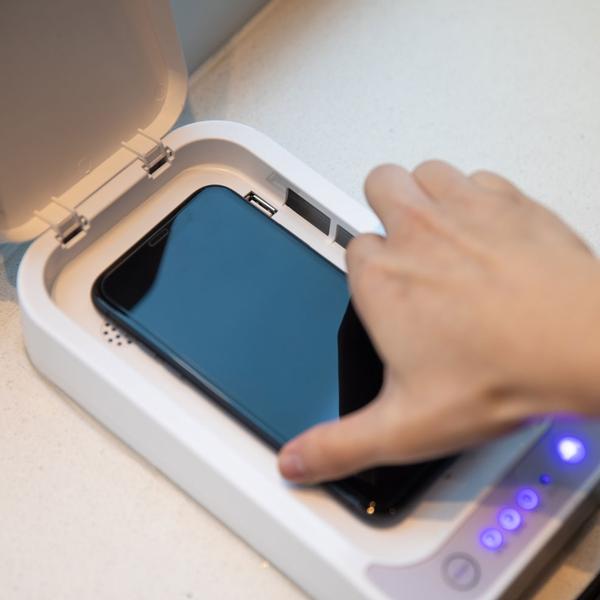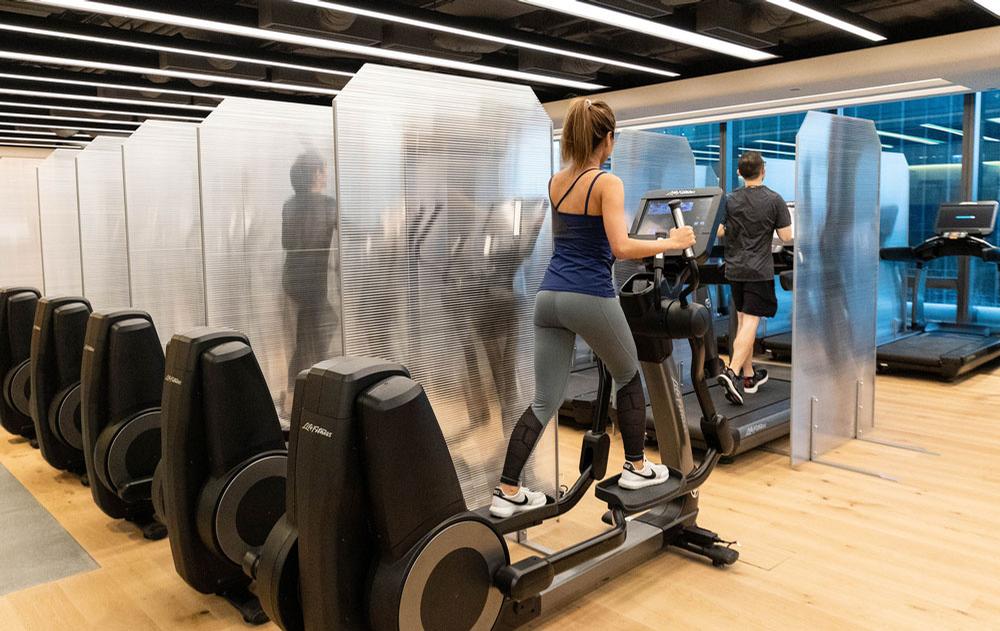Background
In early March, a small facility in Hong Kong – Ursus Fitness – became one of the only gyms in the world to be the centre of a COVID-19 cluster, with more than 150 people, including customers, staff and their close contacts, linked to the outbreak. Here we give the background to the situation and talk to Colin Grant, CEO of Pure Group and chair of the Hong Kong Alliance of Professional Fitness and Wellness Operators about how the sector responded.
Gyms in Hong Kong had only reopened weeks before – on 18 February – with some enforcing mask-wearing as a way to control COVID-19. Members were also obliged to use a ‘LeaveHomeSafe’ tracing app each time they entered the gym and fitness classes in Hong Kong had various limits imposed, from numbers to mask wearing and distancing.
Timeline of the outbreak
Before the Ursus outbreak, major operators in Hong Kong reported they were remaining COVID-free by following strict protocols.
In response to the Ursus cluster, the government made mask-wearing mandatory in gyms (from Thursday 11 March) and on Friday 12 March – in a battle to keep gyms open – authorities ordered all 50,000 fitness industry workers in Hong Kong to undergo mandatory testing within two days (by 14 March 2021).
Everyone in Hong Kong’s gyms must now wear a mask, except when eating, drinking and showering – a discipline already adopted in some other countries – it’s also mandatory for staff to wear masks at all times.
In common with many countries, the Hong Kong government is also now mandating partitions and the spacing of equipment at 1.5m.
Some fitness centres temporarily banned members and PTs who frequent more than one gym, while others stocked up on rapid test kits to safeguard customers.
Many closed temporarily for deep cleaning and to get employees screened.
The rapid response brought the Ursus cluster under control very quickly and non-affected gyms were allowed to stay open throughout.
Establishing the cause
In a bid to establish the cause of the outbreak, a site visit was carried out at Ursus on 22 March between various departments of government, led by Hong Kong’s leading microbiologist, Yuen-Kwok yung and Ronald Lam, controller of The Centre for Health Protection in Hong Kong.
After consulting with engineers from the electrical and mechanical services department, Professor Yuen concluded that there had been insufficient fresh air supply within the Ursus Fitness gym to prevent the spread of COVID-19.
He said the system had no fresh air exhaust which made it impossible to dilute the viral air particles.
The outbreak has shaken but united the Hong Kong fitness sector and HCM spoke to Colin Grant, CEO of Pure Group and chair of the Hong Kong Alliance of Professional Fitness and Wellness Operators about the impact of the outbreak and what the wider health and fitness community can learn from this incident, as countries around the world prepare to come out of lockdown.
How did the HK fitness industry swing into action to contain the Ursus cluster?
We contact-traced very effectively, and quickly introduced additional hygiene, safety and distancing measures. We also formed alliances to bring unity and shared learnings to an unprecedented situation, so that we could work together and protect the community and the industry.
How did the government handle the crisis?
We’ve been in close contact with the government all along – particularly the Home Affairs Bureau, which links with the Centre for Health Protection – to ensure we have all necessary information about COVID-19 cases and regulations, and to build trust that our locations are some of the safest places possible during the pandemic.
The government has adopted a suppress and lift strategy to manage the ebb and flow of COVID-19 numbers and has adjusted its industry prioritisation according to ongoing learnings.
For example, while we were coupled with bars and nightclubs during the first phases of lockdown, once it became clear that there were no secondary infections in gyms and yoga studios, and contact tracing and safety measures were firmly in place, we were decoupled from them and permitted to remain open longer and re-open earlier.
You explained that the government is behind the industry – how has this come about?
Through the constant communication and proven adherence to standards mentioned above. The strategy of our alliance – the Hong Kong Alliance of Professional Fitness and Wellness Operators (HKAPFWO) – has always been to maintain an open and honest dialogue with key government officials. I believe this has paid off.
Tell us about the HKAPFWO
The HKAPFWO was started to unite a diverse range of our industry’s operators under a common mission to drive safety and communicate regularly with the government.
Alliance members range from big box operators to boutiques, from large chains to single-clubs and from group fitness and personal training to physiotherapy.
This has been a very positive experience of sharing and improving together and shows the merits of unity in a crisis.
What learnings do you have to share from this experience?
Listen to others and find ways to come together and flourish – even when you’re a group of competitors, you can make it work for everyone when you all listen with respect.
How can the industry protect itself from rogue operators?
Our alliance has recently collaborated with two other industry alliances to initiate a first-of-its kind COVID-19 safety guideline and operator endorsement scheme for Hong Kong’s fitness and wellness industry – called SafeFit100.
This initiative, with its own independent steering committee, sets out a stringent list of safety, hygiene, distancing, capacity and air-flow guidelines which all operators must adhere to in order to be endorsed.
Operators can apply for endorsement via www.SafeFit100.com, and once approved they will receive their official endorsement notice and other materials to show that they’re meeting the highest standards – even going above and beyond government regulations – and have been endorsed by SafeFit100.
This initiative is a clear representation of our intention to continually enhance and protect our industry and our community.
News of the Ursus cluster spread around the world in a matter of hours – how can the sector unite to manage these kinds of situations?
Unite is the key word. The alliances, the initiatives (like SafeFit100) and the meticulous tracing and reporting of cases that show, time and time again, that fitness centres and yoga studios are some of the safest places on the planet when stringent standards are met. We must collectively drive awareness of these facts. Let them be our legacy and guide our future.


























































